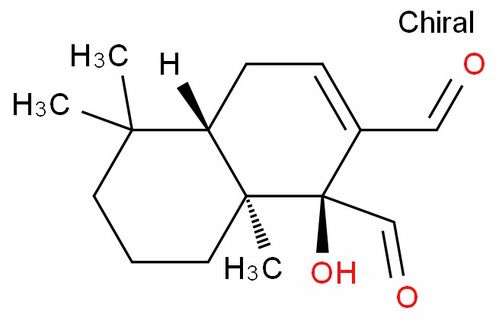Understanding the Basics of CAS

CAS, or Compare and Swap, is a fundamental concept in computer science, particularly in the realm of concurrent programming. It’s an atomic operation that allows for safe and efficient synchronization of shared resources without the need for locks. In this article, we’ll delve into the intricacies of CAS, its working principles, and its applications in various contexts.
How CAS Works

The CAS operation consists of three main components: the memory location (V), the expected old value (E), and the new value (N). The operation checks if the value at the memory location V matches the expected old value E. If it does, the value at V is updated with the new value N. If not, the operation is aborted, and no changes are made to the memory location.
Here’s a step-by-step breakdown of how CAS works:
- The thread reads the value at the memory location V.
- The thread calculates the new value B.
- The thread invokes the CAS instruction, attempting to update V from A to B.
- If V’s current value is still A (indicating no other thread has modified it), the CAS operation succeeds, and V is updated with B.
- If V’s current value is not A (indicating another thread has modified it), the CAS operation fails, and V remains unchanged.
Advantages of CAS

CAS offers several advantages over traditional locking mechanisms:
- Atomicity: CAS is an atomic operation, meaning it cannot be interrupted or interleaved with other operations.
- Scalability: CAS allows for higher concurrency, as threads can proceed without waiting for locks to be released.
- Performance: CAS reduces the overhead associated with locking mechanisms, leading to improved performance in concurrent applications.
Applications of CAS
CAS is widely used in various applications, including:
- Concurrent Data Structures: CAS is a key component in implementing lock-free data structures, such as linked lists, queues, and stacks.
- Thread Synchronization: CAS can be used to implement efficient synchronization mechanisms, such as barriers and semaphores.
- Memory Management: CAS is used in memory management algorithms, such as garbage collection and memory allocation.
- Database Systems: CAS is employed in database systems for implementing optimistic concurrency control.
Challenges and Limitations of CAS
While CAS offers numerous benefits, it also comes with some challenges and limitations:
- ABA Problem: The ABA problem occurs when a value changes from A to B and then back to A. This can lead to incorrect assumptions about the value’s consistency.
- CAS Contention: In scenarios where multiple threads frequently attempt to update the same memory location, CAS can lead to contention and reduced performance.
- Complexity: Implementing CAS-based algorithms can be more complex than traditional locking mechanisms.
Table: CAS vs. Locking Mechanisms
| Aspect | CAS | Locking Mechanisms |
|---|---|---|
| Atomicity | High | Low |
| Scalability | High | Low |
| Performance | High | Low |
| Complexity | High | Low |
| ABA Problem | Present | Not Present |
| CAS Contention | Present | Not Present |
Conclusion
CAS is


